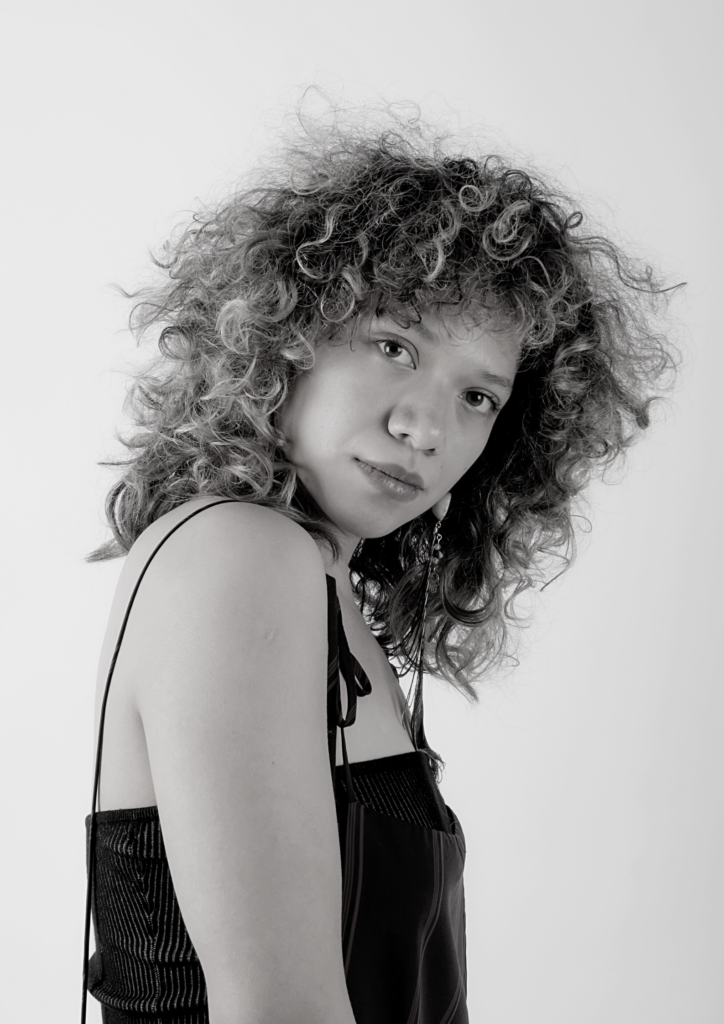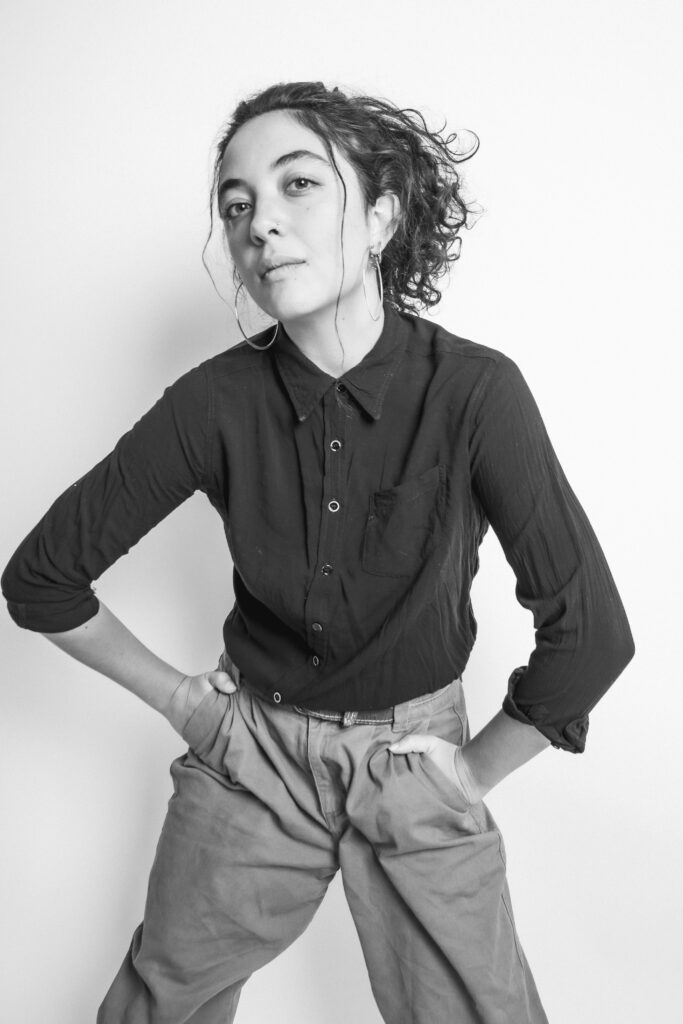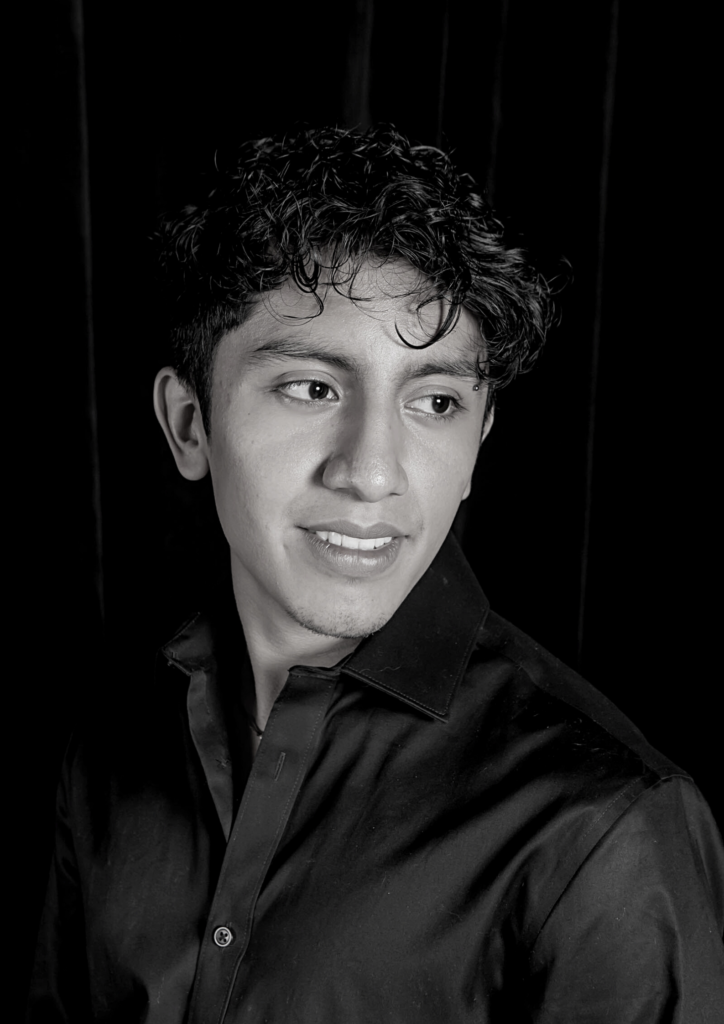Tres hermanos se reúnen para celebrar el vigésimo aniversario de la desaparición de su madre. Una cena en la que se conocerán tres teorías diferentes e irreconciliables sobre lo que le pudo haber pasado. El crew de filmación, como invitadxs contratadxs para esta cena, serán testigxs y parte de la construcción colectiva y mental de una madre ausente, Lucrecia. Lo que esta ausencia detona en su hijas e hijo tendrá de fondo la sistematización de un juicio hacia la mujer que es madre cuando se sale del espacio delimitado que se le asigna. Conforme avanza la noche, la comunicación se trastorna hacia nuevos límites.
Three siblings get together to celebrate the 20th anniversary of their mother’s disappearance. A dinner in which three different theories about what could have happened will be known, finding that none of them matches the others. The film crew, as invited guests for this dinner, will be witnesses and part of the mental and collective construction of an absent mother, Lucrecia. What this absence triggers in her children will have in the background the systematization of a judgment towards the woman who is a mother when she leaves the delimited space assigned to her. As the night progresses, communication is disrupted to new, unknown limits.
Ariadne Alfonseca la Cruz / Acarina
Andalucía / Melindae
Amaury Garrido Sérbulo / Licandro
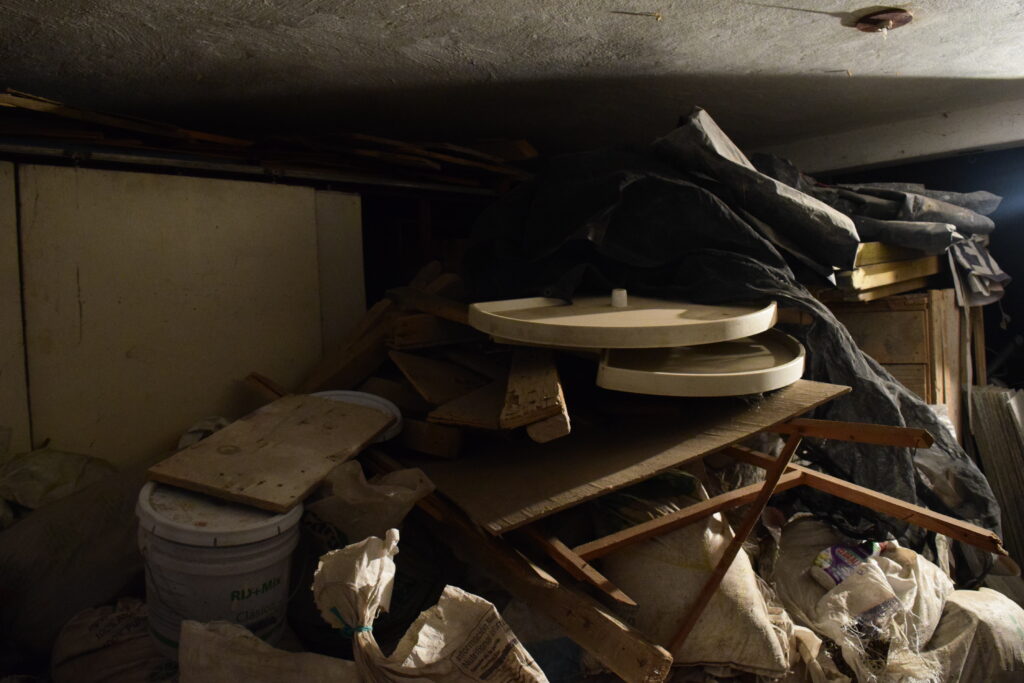
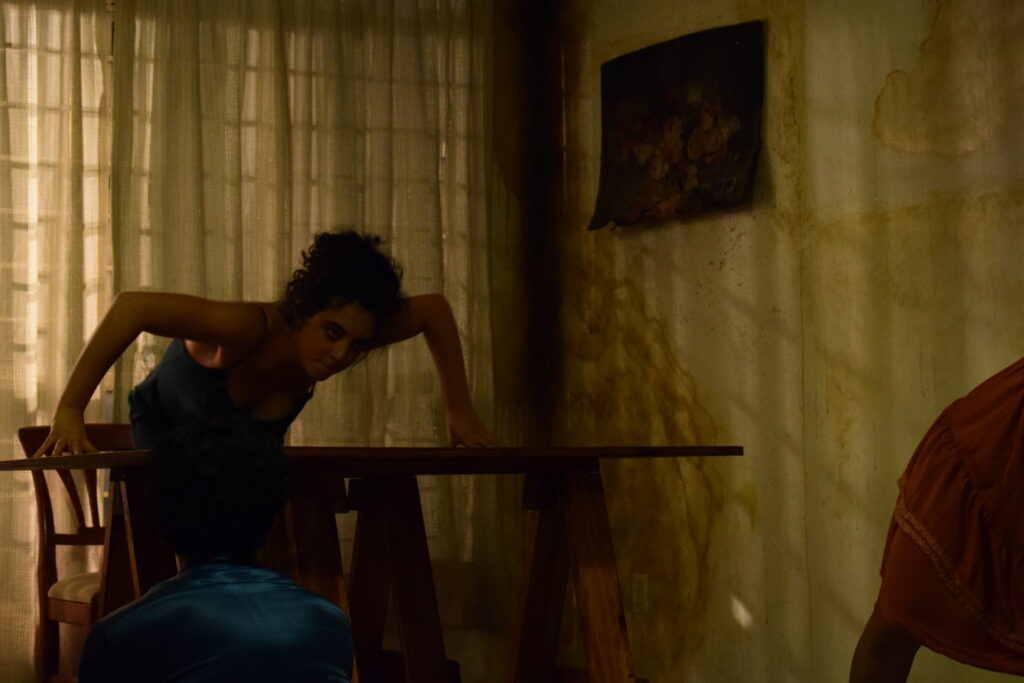
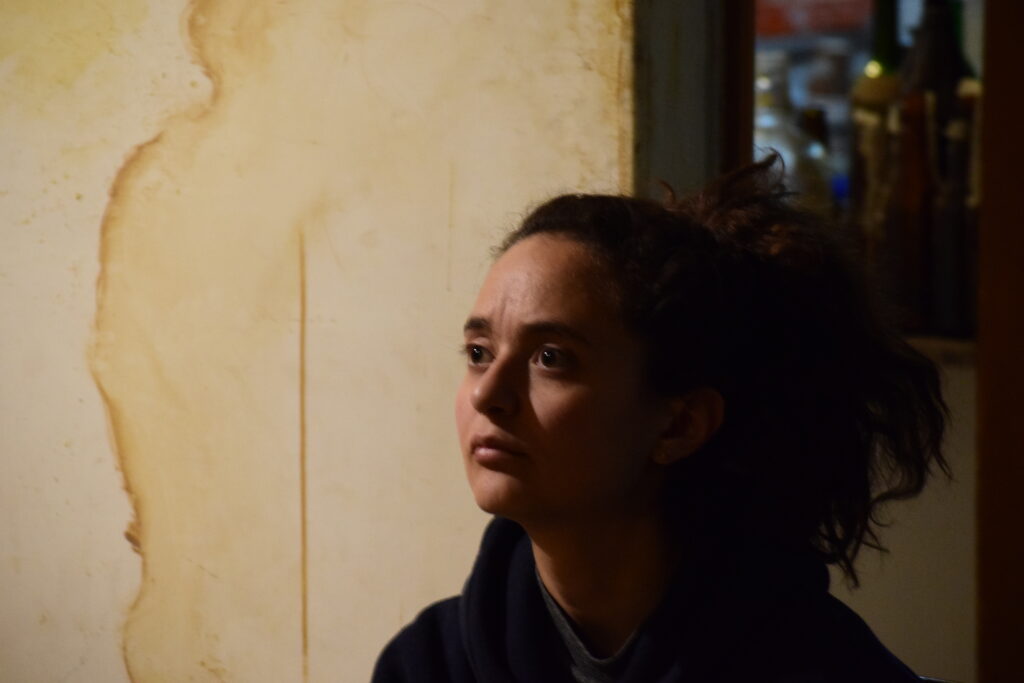
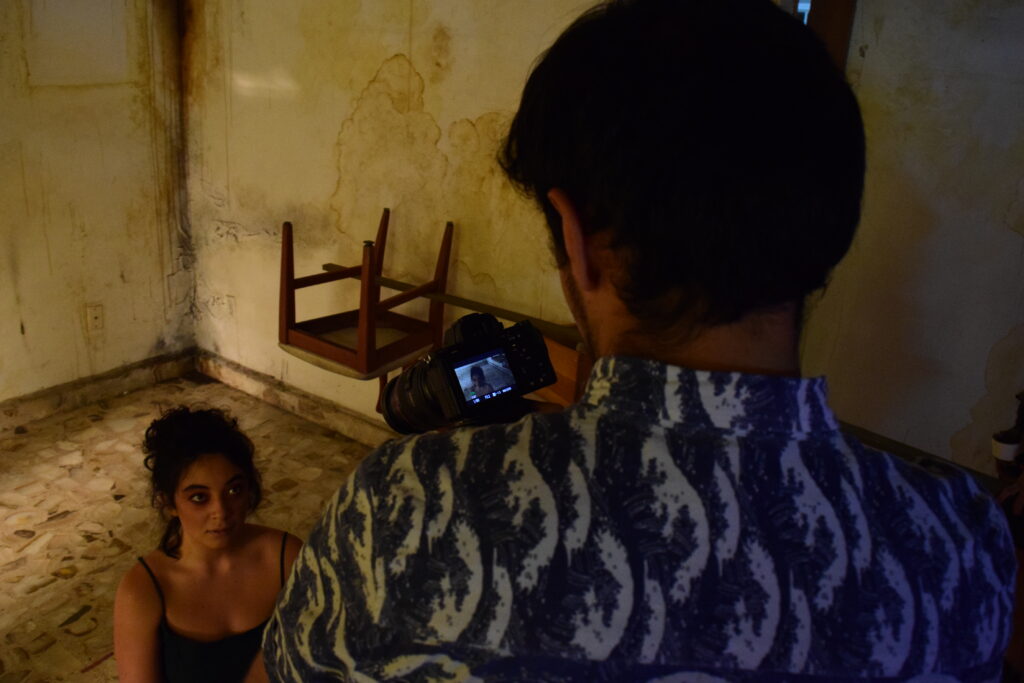
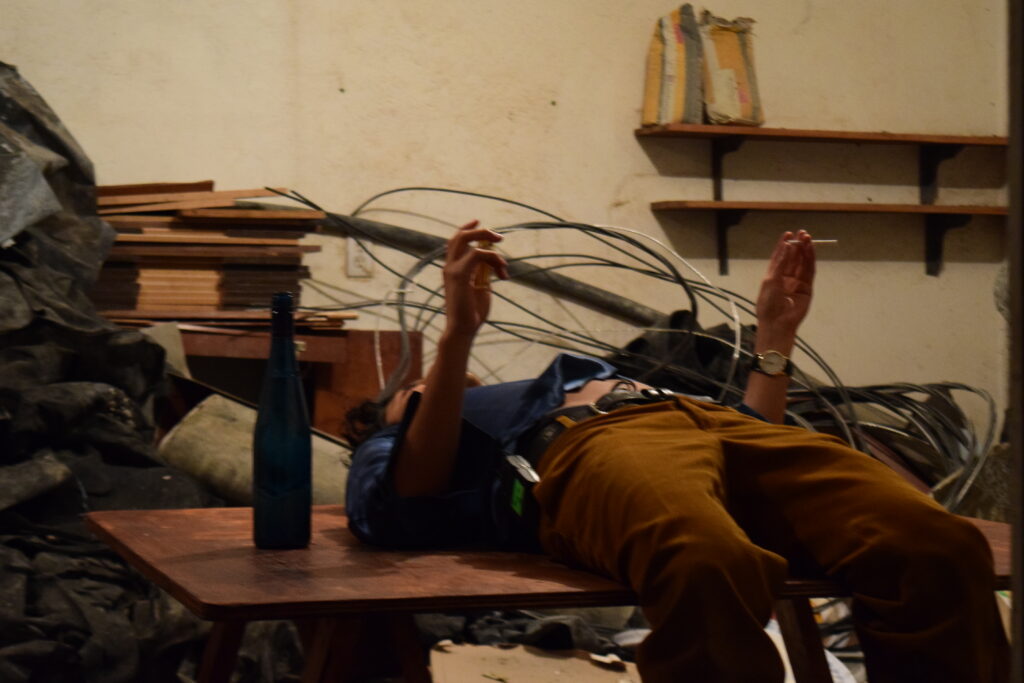
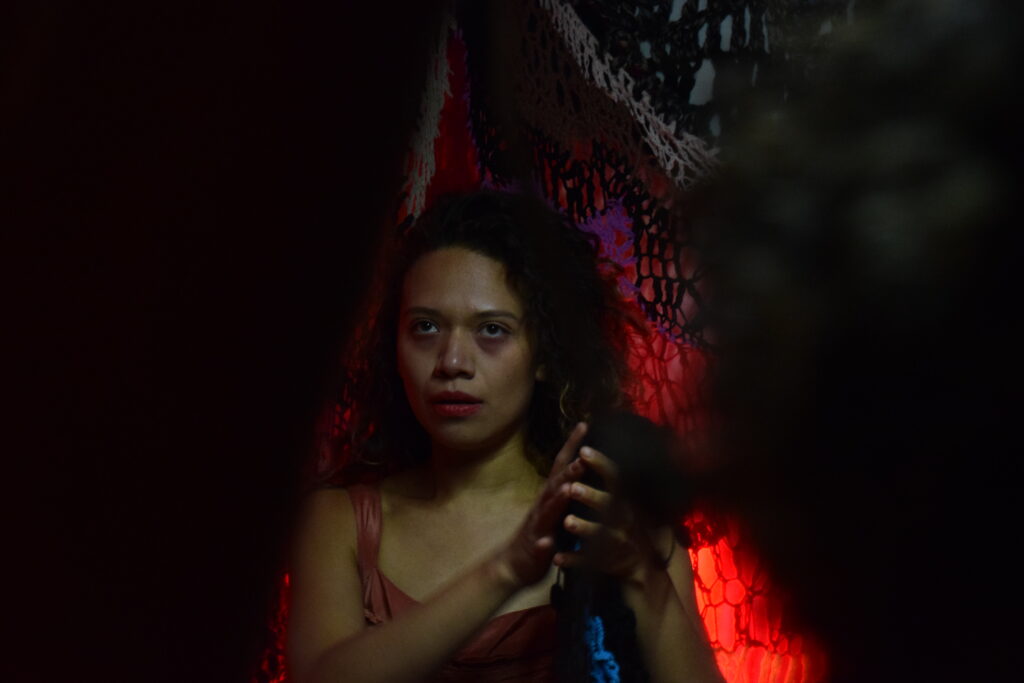
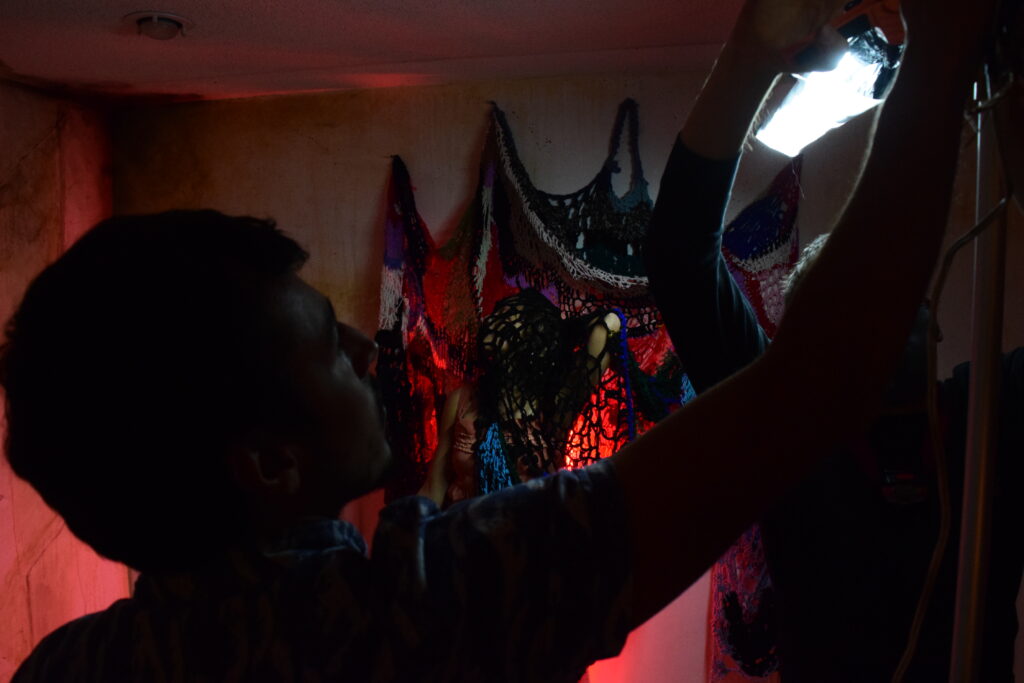
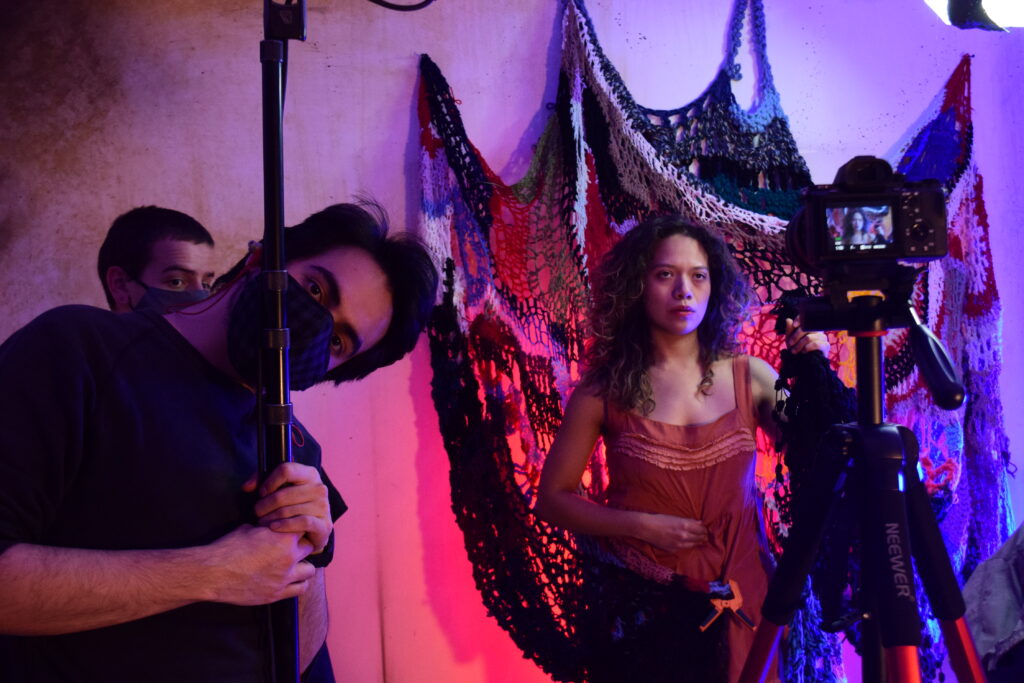
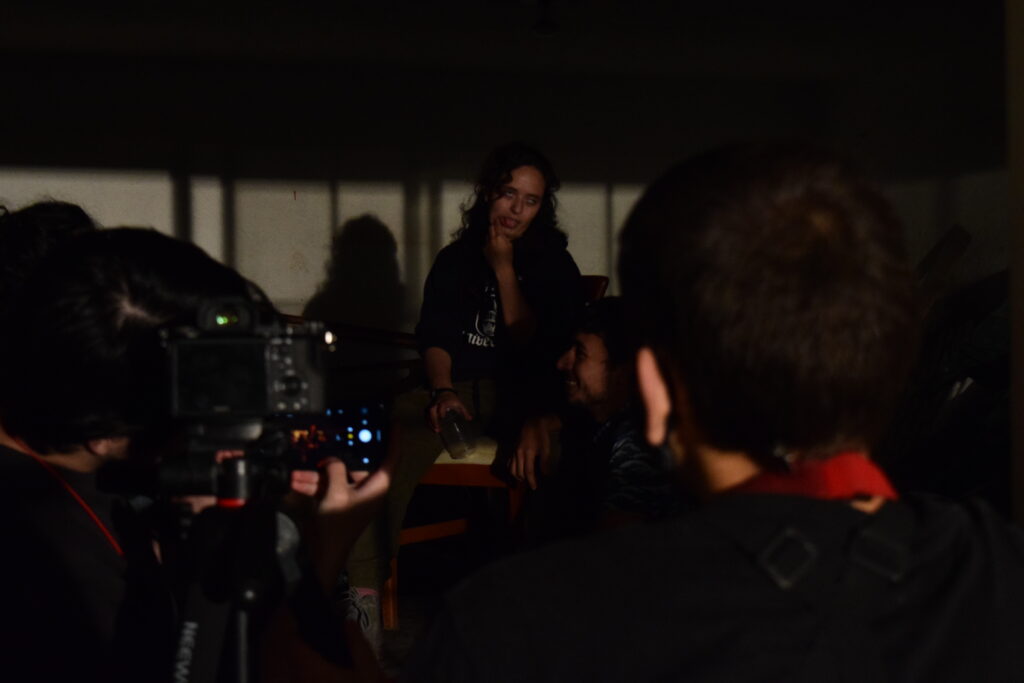

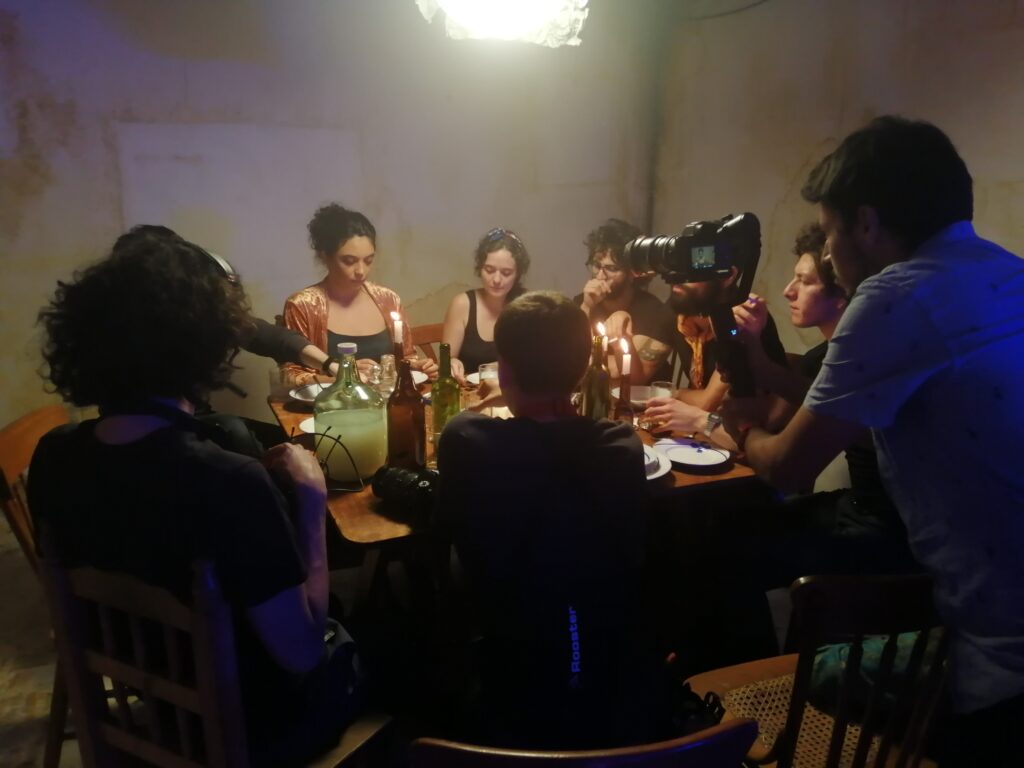
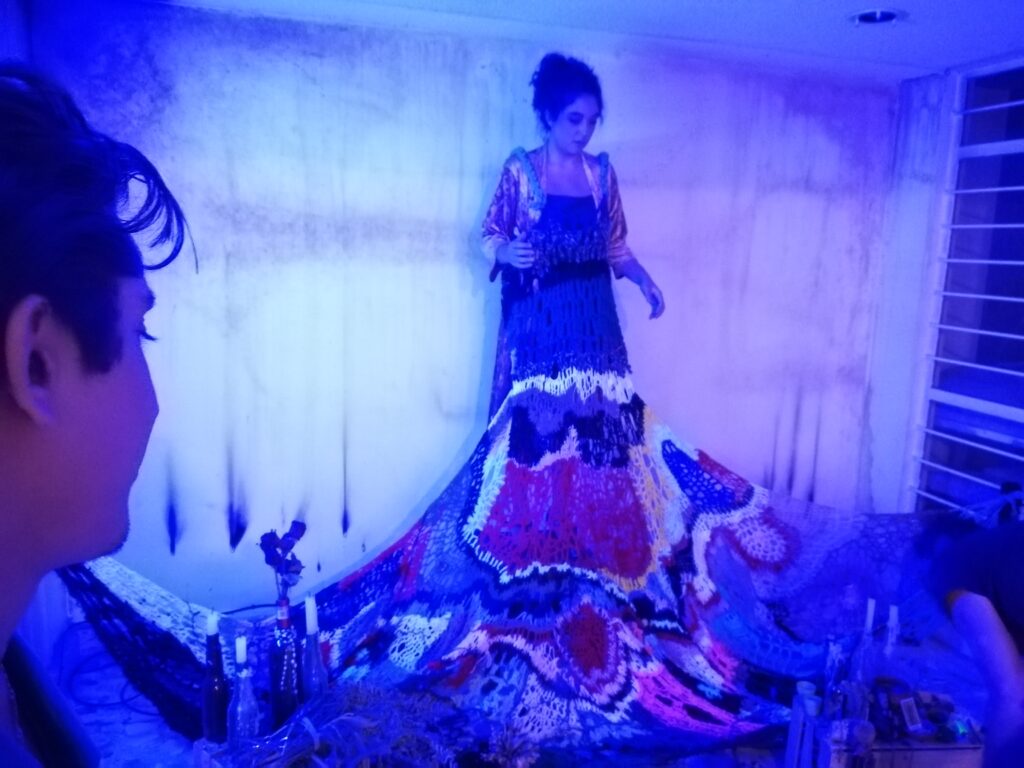
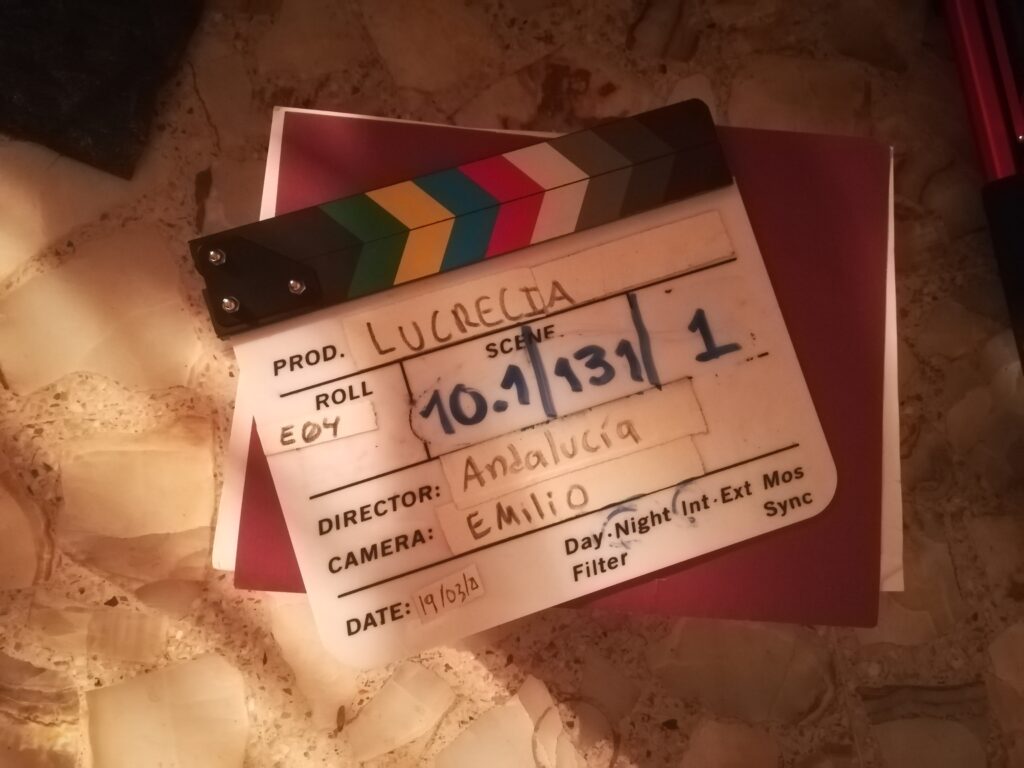
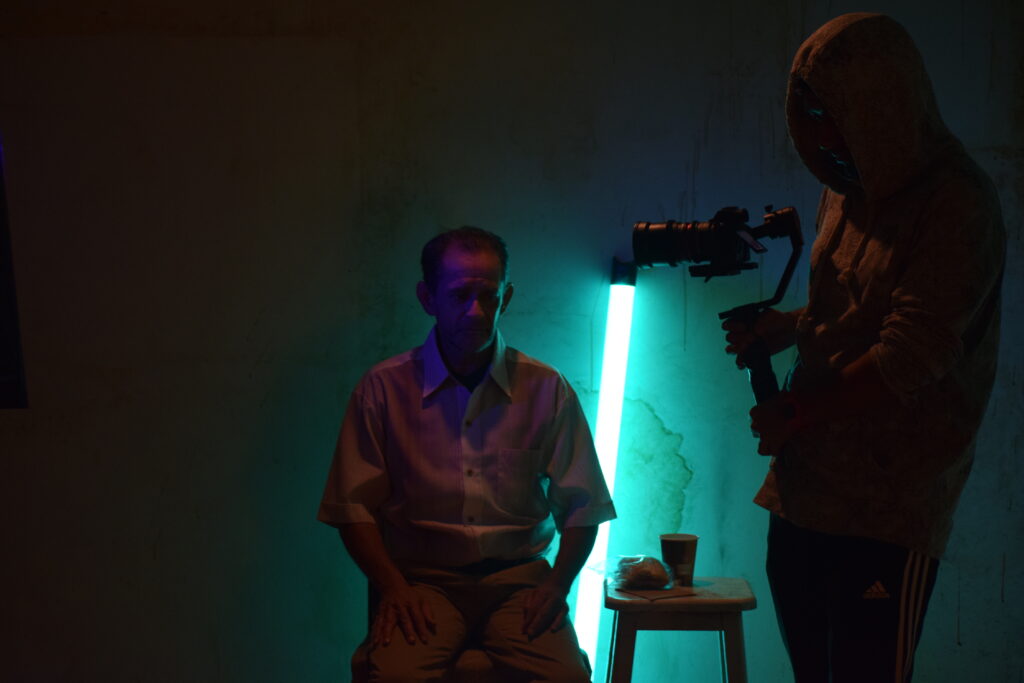
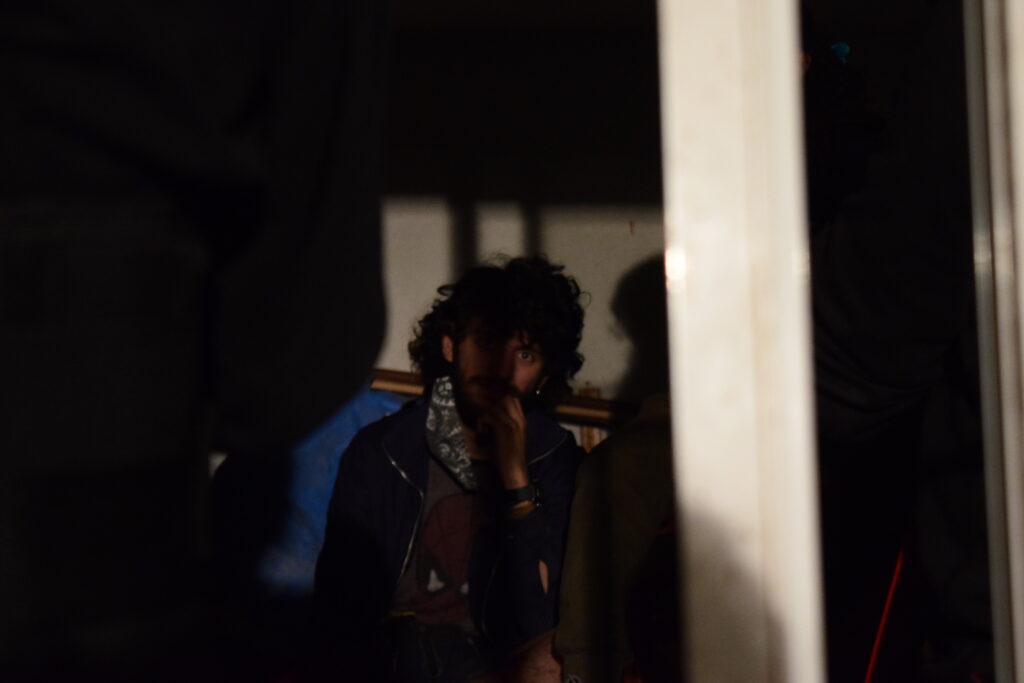
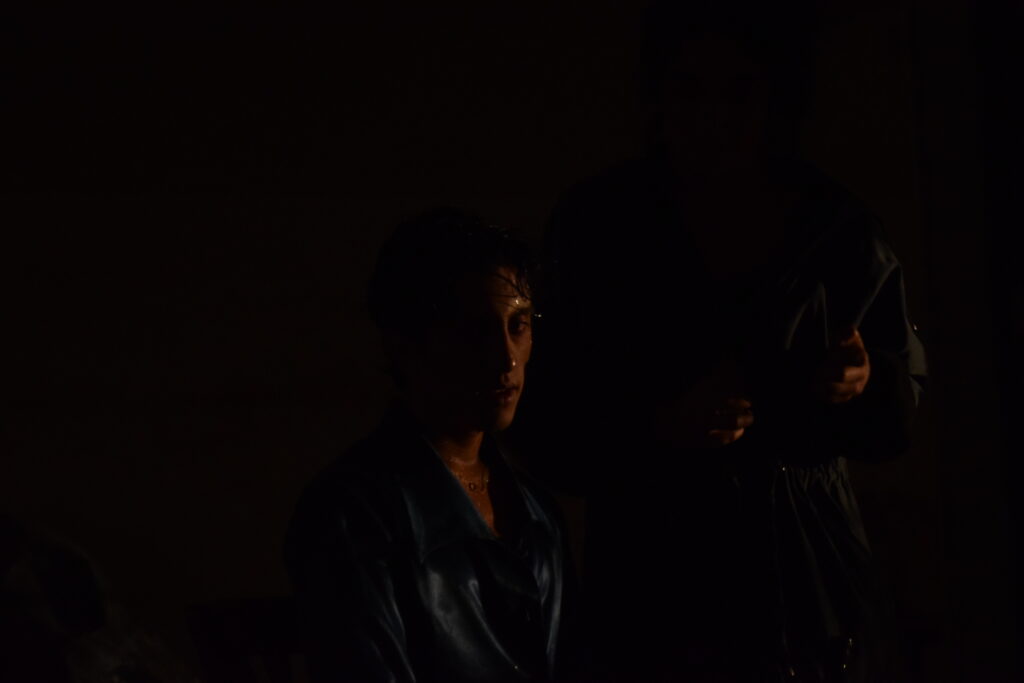
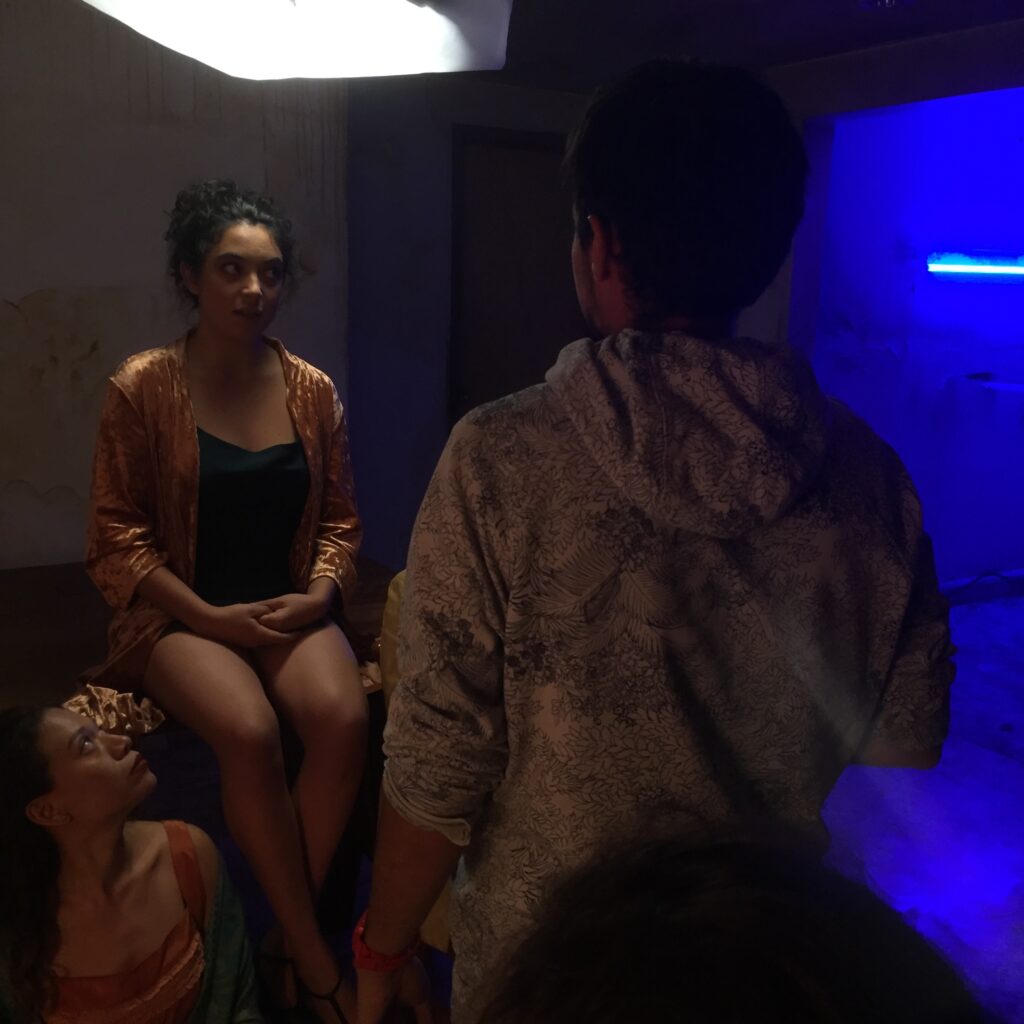
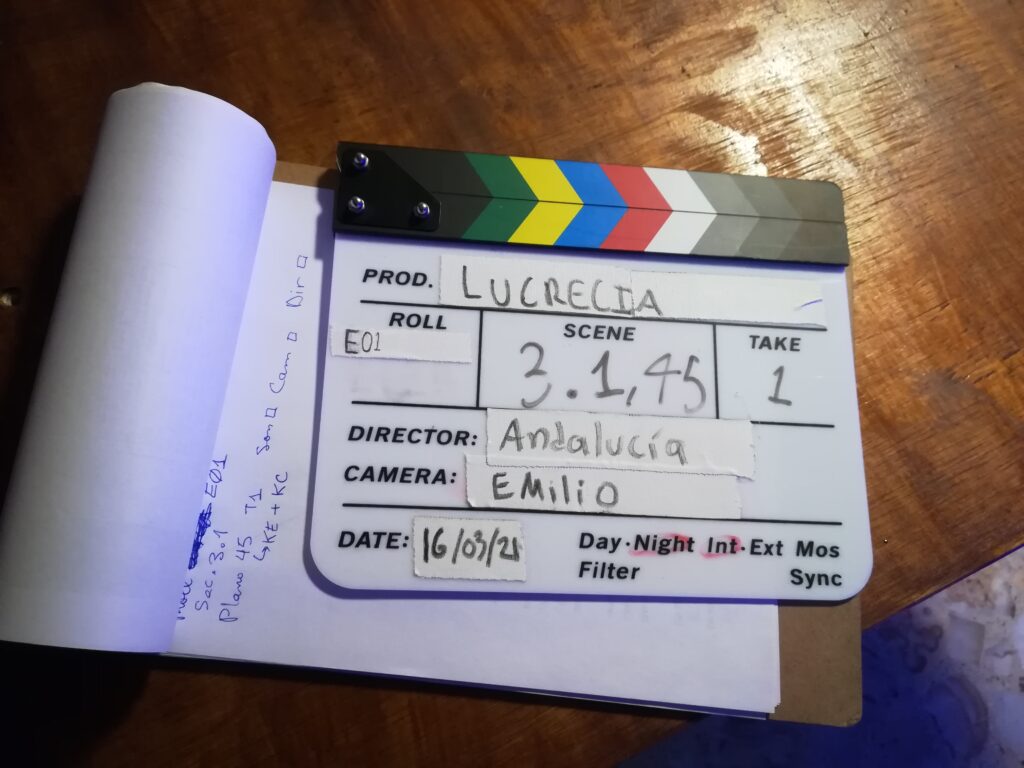
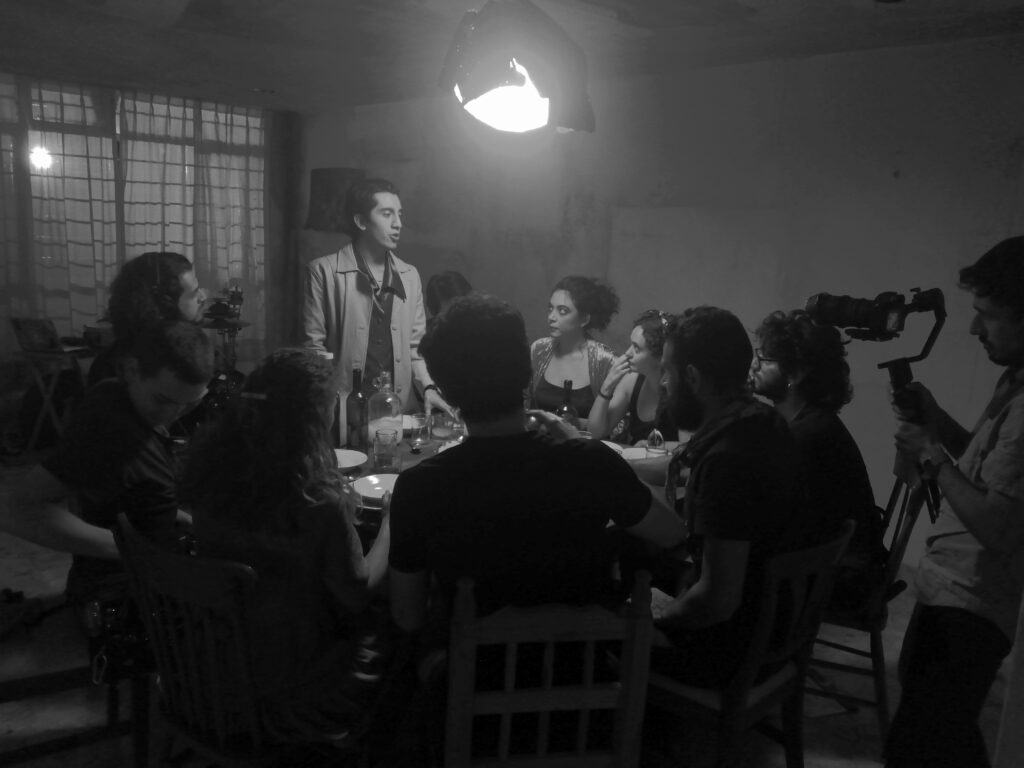

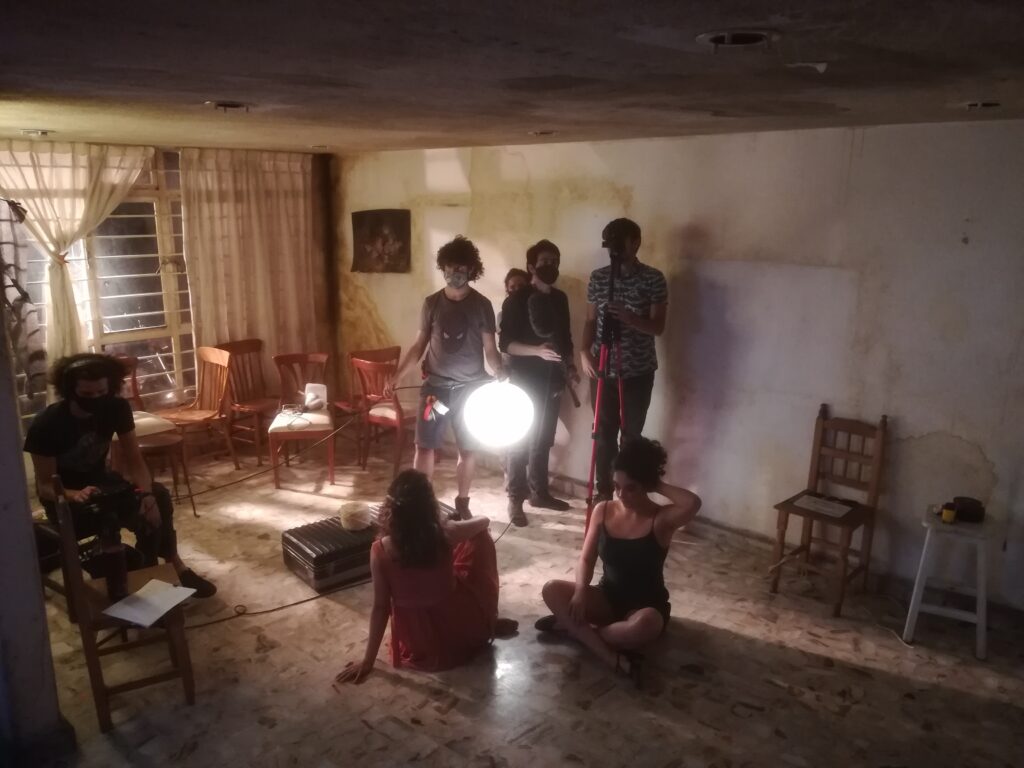
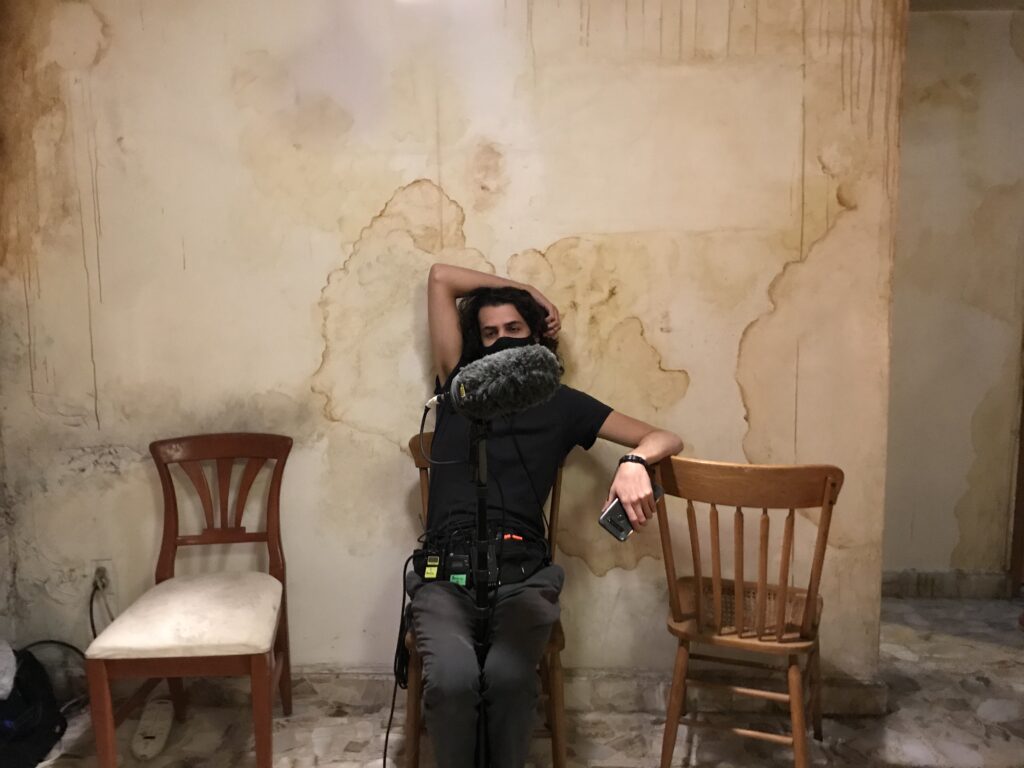
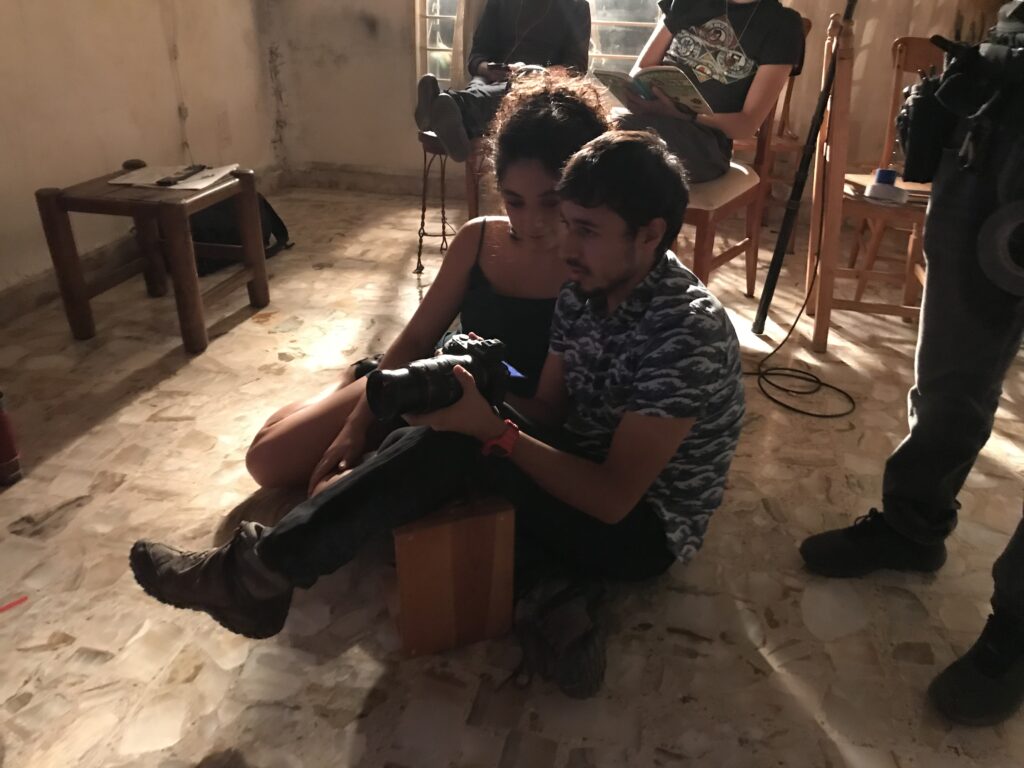
Este proyecto
Nace de las preguntas: ¿Qué es una madre? ¿Qué libertades del ser humano se le amputan a la persona que se vuelve madre? El valor que se le da a una mujer por ser madre es un arma de doble filo. La glorificación de la femineidad que hace énfasis en el “poder” que tiene la mujer de crear nueva vida regresa a ser un discurso machista ya que promueve la dignidad y respeto a la mujer únicamente por su capacidad incubadora de nuevos seres humanos (masculinos, de preferencia). El encadenamiento de su nombre propio con el de “mamá” anula la posibilidad de entenderla desde áreas que, al serle negadas o ignoradas, la deshumanizan: su sexualidad, deseos, pasiones de vida, su mundo romántico, ira, frustraciones, depresiones, su posibilidad de ser violenta, de ser inadaptada, de huir, de colocar límites, sus lados más grotescos. Con esta película busco indagar en la persona que habita y cumple las normas sociales que delinean la figura materna sostenida por arquetipos fijos y mitología descendientes de la cultura patriarcal, heteronormada y misógina.
En nuestro país existe una permisividad abierta dentro del contrato social que posibilita el que un hombre decida no asumir la figura de padre; no así para una mujer quien, de hacerlo, es señalada social, moral e incluso legalmente desde el Código Penal Federal de México a partir de leyes misóginas que tipifican a la mujer en su papel de madre. Por esto, el piso de la obra es la figura de una madre ausente. Lo que esto detona en los personajes, dos hijas y un hijo, tendrá de fondo la sistematización de un juicio hacia la mujer que es madre cuando se sale del espacio delimitado que se le asigna.
Acerca del montaje:
Lucrecia conjuga procesos dancísticos y coreográficos, actorales, musicales, teatrales y cinematográficos. De ahí que la pieza se piense como una hibridación de las formas. La cuarta pared del cine se rompe al hacer del crew de filmación un cuerpo escénico más, que se suma al juego performático y de representación junto con los actores. Su papel como espectadorx que asiste a la ficción es un doble papel que permite a lx espectadorx virtual viajar por la escena como podría hacerlo dentro del teatro inmersivo. Este punto de vista híbrido coexiste con un lenguaje fílmico clásico en el que el lente juega como lente y no como espectadorx teatral. La alternancia de lenguajes escénicos y fílmicos se encuentra tanto en el proceso creativo como en el producto audiovisual que contiene, en sí mismo, dicho proceso y lo expone. La ficción empieza y termina en un lugar desconocido para lxs mismxs participantes que integran el equipo de trabajo completo, quienes venían de diversas disciplinas específicas y terminaron descomponiendo las fronteras entre ellas para componer desde un vocabulario artístico compartido.
This project
Is based on the questions: What is a mother? What freedoms of the human being are amputated from the person who becomes a mother? The value that a woman is given for being a mother is a double-edged sword. The glorification of femininity that emphasizes the “power” that women have to create new life returns to be a macho discourse since it promotes dignity and respect for women solely because of their incubator capacity for new human beings (male, preferently). The solid union between the woman´s proper name with “mother” cancels the possibility of understanding her as a human individual that owns characteristics that, when denied or ignored, dehumanize her: her sexuality, desires, passions, her romantic world, anger, frustrations, depressions, her possibility of being violent, of being misfit, of fleeing, of setting limits, her most grotesque sides… With this film I seek to investigate the person who inhabits and fulfills the social norms that delineate the maternal figure sustained by fixed archetypes and mythology descendants of patriarchal, heteronormed and misogynistic culture.
In our country there is an open permissiveness within the social contract that makes it possible for a man to decide not to assume the figure of father; not so for a woman who, if she does so, is singled out socially, morally and even legally from the Federal Penal Code of Mexico based on misogynistic laws that typify women in their role as mothers. For this reason, I decided to start the whole narrative in the counterpoint of the “normal” ways in Mexico: an absent mother. What this triggers in the characters, two daughters and a son, will have in its background the systematization of a judgment towards the woman who is a mother when she leaves the delimited space assigned to her.
Staging:
Lucrecia combines acting, dance and choreography, music, theatrical and cinematographic processes. Hence, the piece is thought of as a hybridization of forms. The fourth wall of the cinema is broken by making the filming crew one more scenic body, which adds to the performance and representation game together with the actors. Their role as a spectator who attends fiction is a double role that allows the virtual spectator to travel through the scene as they could within immersive theater. This hybrid point of view coexists with a classic filmic language in which the lens plays as a lens and not as a theatrical spectator. The alternation of scenic and filmic languages is found both in the creative process and in the audiovisual product that contains, in itself, that process and exposes it. The fiction begins and ends in an unknown place for the participants themselves who make up the entire work team, who came from various specific disciplines and ended up breaking down the boundaries between them to compose from a shared artistic vocabulary.
